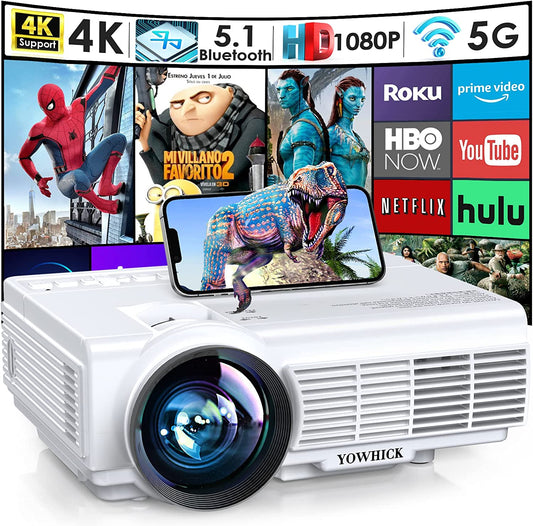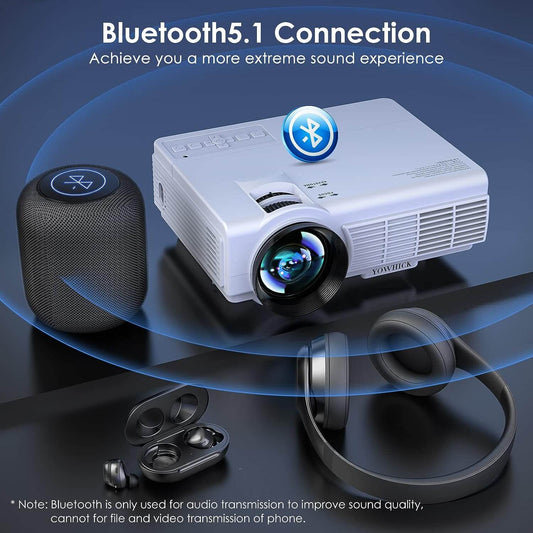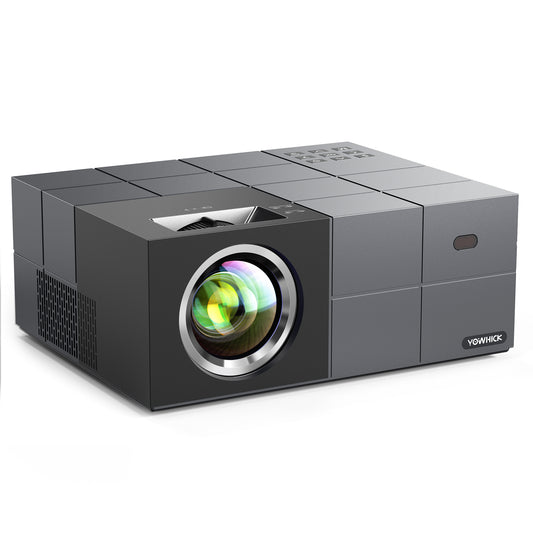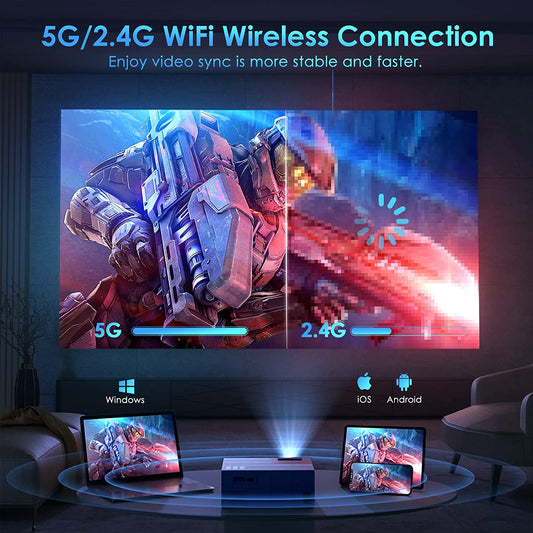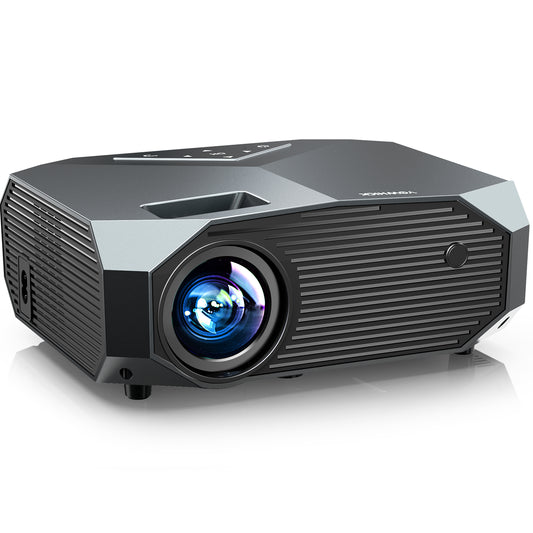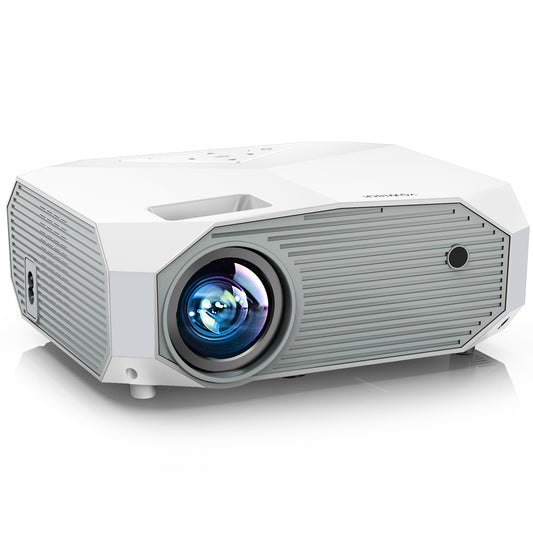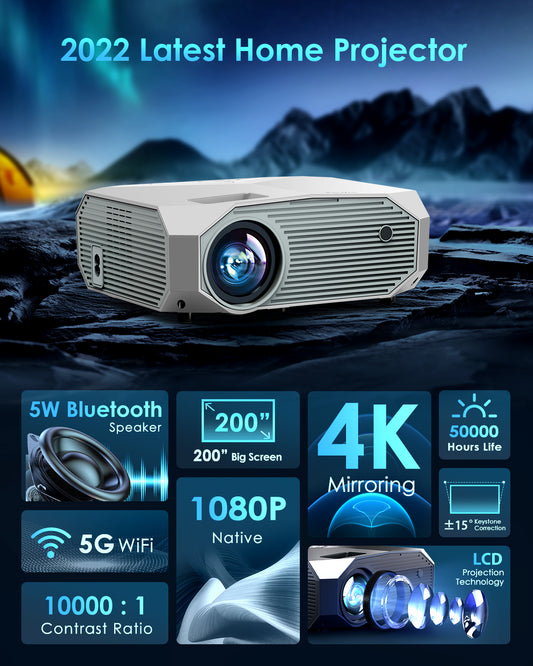When setting up a home theater or multimedia system, one common challenge is getting sound from the projector to the speakers. This is especially important when you want to enjoy an immersive audio experience while watching movies, playing games, or delivering presentations. In this article, we will explore various methods and techniques to help you successfully route sound from your projector to the speakers, ensuring high-quality audio reproduction. So, let's dive in and discover how to achieve optimal sound synchronization in your audio-visual setup.
Understanding the Audio Output Options of Projectors
Modern projectors come with a range of audio output options, and understanding them is crucial to determine the best approach for routing sound to your speakers. The most common audio output connections found on projectors are:
- HDMI: HDMI (High-Definition Multimedia Interface) is the preferred audio-video connection for many modern projectors. HDMI carries both audio and video signals, allowing for high-quality digital transmission. If your projector has an HDMI output, you can easily connect it to an HDMI input on your AV receiver or soundbar, which will decode and amplify the audio signals.
- 3.5mm Audio Jack: Some projectors feature a 3.5mm audio output jack, similar to the ones found on headphones or smartphones. This analog connection can be used to connect your projector directly to powered speakers or an audio receiver that supports this type of connection.
- Optical Audio: Optical audio, also known as TOSLINK, is a digital audio connection that uses fiber optic cables to transmit audio signals. If your projector has an optical audio output, you can connect it to an optical input on your audio system or soundbar that supports this type of connection.
Connecting Projector Audio to External Speakers
Now that we have a basic understanding of the audio output options on projectors, let's explore different ways to connect your projector to external speakers for optimal sound reproduction.
- HDMI Connection: If your projector and AV receiver or soundbar support HDMI ARC (Audio Return Channel), this is the simplest and most effective method. Connect the HDMI output of the projector to the HDMI ARC input on the receiver or soundbar. Ensure that ARC is enabled on both devices. This setup allows the audio from your projector to be transmitted through the HDMI cable to the speakers, providing synchronized audio and video playback.
- 3.5mm Audio Jack Connection: If your projector has a 3.5mm audio output, connect it to the corresponding input on your powered speakers or audio receiver using a 3.5mm audio cable. Adjust the audio input settings on your speakers or receiver to ensure the correct audio source is selected.
- Optical Audio Connection: For projectors with an optical audio output, connect it to the optical input on your audio system or soundbar using an optical audio cable. Make sure to configure the audio input settings on your audio system accordingly.
Overcoming Audio Delay and Sync Issues
In some cases, you may experience audio delay or sync issues when routing sound from the projector to the speakers. Here are a few steps you can take to overcome these challenges:
- Adjust Projector Settings: Check the audio settings on your projector's menu and look for any options related to audio delay or synchronization. If available, adjust these settings to match the audio with the video output.
- AV Receiver/Soundbar Delay Settings: If you are using an AV receiver or soundbar, it may have audio delay adjustment settings. Access the audio settings menu of your receiver or soundbar and make necessary adjustments to synchronize the audio with the video.
- External Audio Delay Corrector: In cases where the projector and audio equipment settings do not resolve the sync issues, you can consider using an external audio delay corrector. These devices allow you to fine-tune the audio delay to achieve perfect synchronization between the projector and speakers.
Additional Tips for Optimal Sound Quality
To enhance the overall sound quality and ensure an immersive audio experience, consider the following tips:
- Speaker Placement: Position your speakers strategically around the room for optimal sound distribution. Follow guidelines provided by the speaker manufacturer for optimal placement.
- Acoustic Treatment: If your home theater or multimedia room has echo or sound reflections, consider adding acoustic treatments such as sound-absorbing panels or curtains to improve audio clarity.
- Quality Cables: Invest in high-quality cables for audio connections between the projector and speakers. This will minimize signal loss and interference, resulting in better sound quality.
- Audio Format Compatibility: Ensure that your audio system supports the audio formats used by your media sources. This will prevent any audio compatibility issues that could degrade sound quality.
Conclusion
Routing sound from the yowhick projector to the speakers is essential for a truly immersive audio-visual experience. By understanding the audio output options of your projector and utilizing the appropriate connection methods, you can achieve optimal sound reproduction. Furthermore, addressing audio delay and sync issues, considering optimal speaker placement, and implementing additional tips for sound quality enhancement will elevate your home theater or multimedia setup to new heights. Follow the guidelines presented in this article, and you'll be well on your way to enjoying rich, synchronized sound that complements your visual content perfectly.


